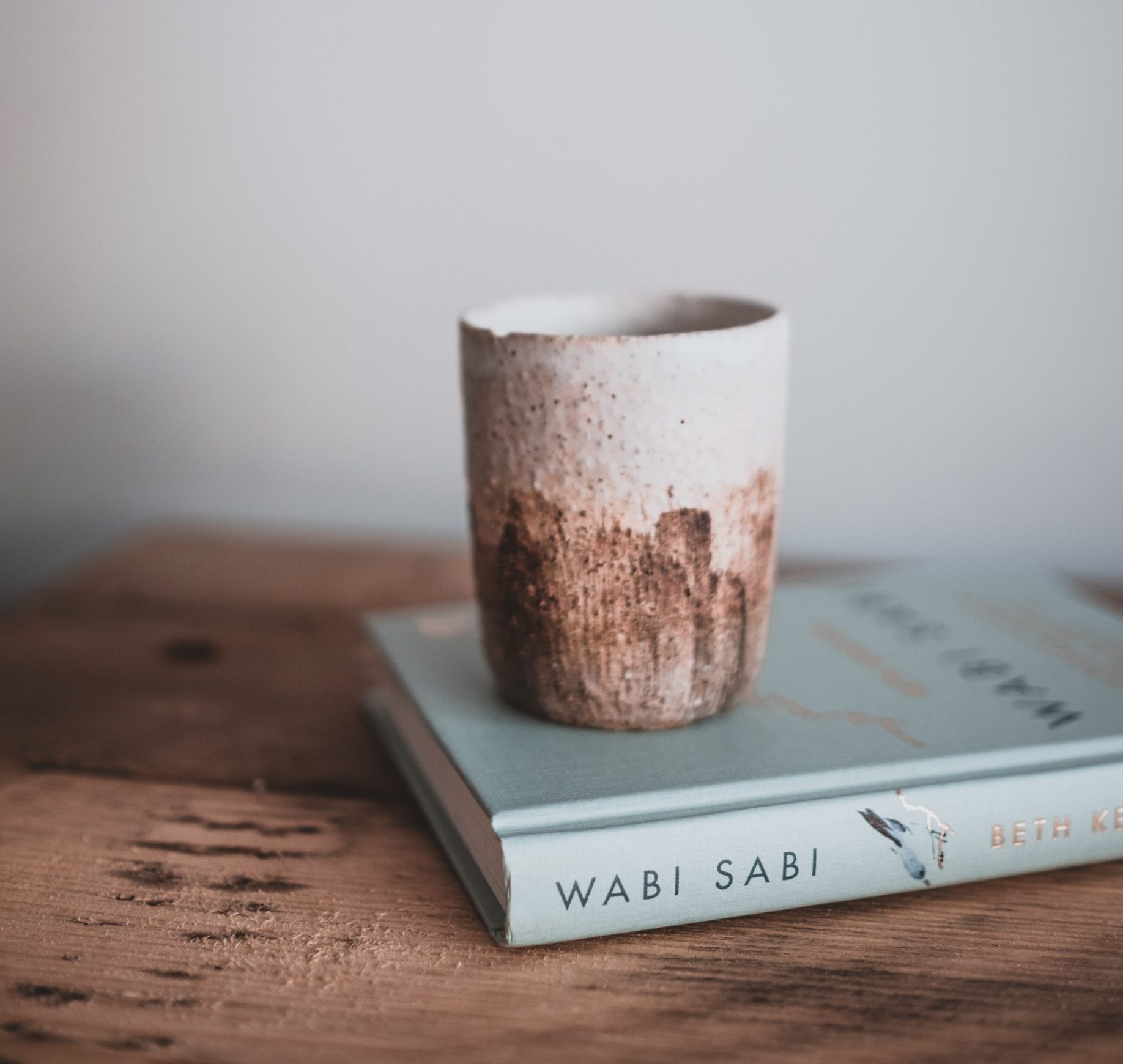Whether you are considering renovating, re-decorate or starting afresh in a new home, the process can be daunting. Are you feeling the pressure to match colours, textures, and materials while making it feel like a home with a unique personality? Seems like a mission impossible for most in this process.
If that’s the case, don’t panic, we understand the love, time and patience that goes into creating your beloved sanctuary. We took inspiration from one of the most influential Eastern cultures, and we have done our homework to inspire you, transforming your house into a wabi-sabi home following three easy steps.

But what exactly is Wabi-Sabi?
Wabi-sabi is more than a trend that has picked up over the years; it is an ancient Japanese philosophy that finds its roots in Buddhism. It celebrates natural beauty and embraces the uniqueness of flaws and imperfections in both nature and handmade objects.
This concept is broadly explored in Wabi Sabi: Japanese Wisdom for a Perfectly Imperfect Life. Despite Wabi and Sabi have individual meanings, author Beth Kempton clarifies that the word wabi-sabi does not appear in the most reputable Japanese dictionary, as wabi-sabi is an internalised philosophy in which understanding is more intuitive.
Originated as two separate words, often found in Japanese writing as 侘寂; Wabi is about appreciating the beauty in simplicity and break free from the material world. Sabi instead is linked to time and how it alters the nature of material things.
In other words,
“Wabi Sabi is less about what you see
but rather how you see it”
While you don’t have to live like a monk to appreciate nature, the Japanese way of living embraces these seven principles to lead a harmonic life
1. Kanso – Simplicity
2. Funkinsei -Asymmetry
3. Shibumi – Beauty in the understated
4. Shizen – Naturalness
5. Yugen – Subtle grace
6. Datsuzoku – Freedom from habits
7. Seijaku – Tranquility
Now that you know what wabi-sabi is all about, it is time to apply all that theory to your living space and why not? Of course, you can apply this philosophy to other aspects of your life too.
A Wabi-Sabi home
Where to start?
Step 1: Objects
If you are not sure how to incorporate wabi-sabi into your house, you can gradually test your level of comfort with small objects that have specific characteristics of imperfection, whether they are uneven, rough or asymmetric, usually preserving the object’s original material.
Some examples of objects are handmade objects, natural material, imperfections, incomplete art.

Step 2: Furniture
If the idea to incorporate more wabi-sabi elements in your house excites you, then it is time to start with furniture. Remember, it is always good to work with what you have and maybe give a good makeover to that chest of drawers; It will thank you.
Check out this article to get a better idea on wabi-sabi furniture.
What if you do not have furniture to refurbish and you are just starting in a new home?
To recreate what wabi-sabi stands for, consider furniture with neutral colours or those resembling what nature has to offer.
In the bedroom
Some of our furniture that can help you recreate this style in your bedroom is our Finn Natural Hardwood Bedroom Suite, which includes a double bed frame, 2 bedsides tables and a chest of drawers (6DR). Versatile and of minimalistic beauty, it certainly is a set you cannot miss.
In the living room
This home living room package has been thoughtfully selected with minimalism in mind. Our Bella Living Room Package built with complimentary contrasting elements such as bold wood tones and soft fabric finishings, allow you to adapt it to your newfound love for wabi-sabi.
This package includes:
1 x coffee table
1 x lamp table,
1 x two seater sofa
1 x three seater sofa
1 x entertainment unit
Step 3: Architecture
We recognise that transitioning from furniture to architecture could be a big step. Once again, it doesn’t have to be an overwhelming process; you could start from little areas in your house, such as laundry, storage room, spare bathroom, and all those small spaces that are already present in your home, experimenting and testing until you are ready to make changes to bigger rooms.
One of the tips to consider when applying wabi-sabi to architecture is to embrace your home’s history. During this process, we think that dents and imperfections of walls and floors add value and preserve the history of your home.
Looking for more tips and inspiration?

Floors
Another great tip to get closer to the Japanese philosophy of living is to bring the outdoors in to give your floor a look that resembles natural landscapes. This can be achieved with concrete or wooden floors.
Walls
When floors are a little too complicated to refurbish, walls are by far that component that can be retouched with simple tricks. Following one of the principles of wabi-sabi, simplicity is the key when trying to achieve this style. Some examples are to add texture to your walls.
While magazine covers and social media posts are full of picture-perfect interiors, remember that keeping a balance is all that matters; this is why we do not recommend overdoing it and stick to something authentic and genuine to yourself and your values.
Follow your instinct, experiment, change what does not feel right and enjoy your wabi-sabi living space.





